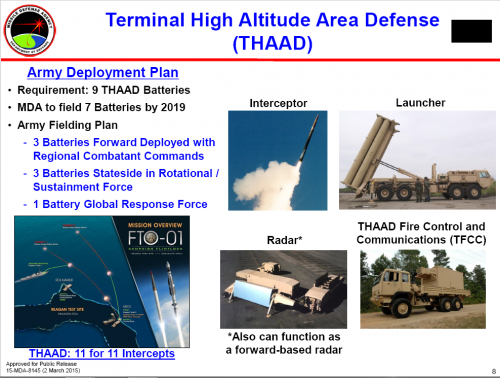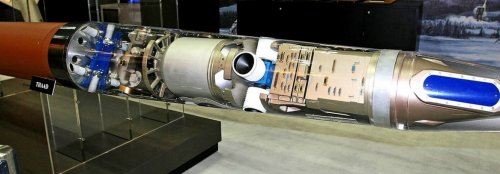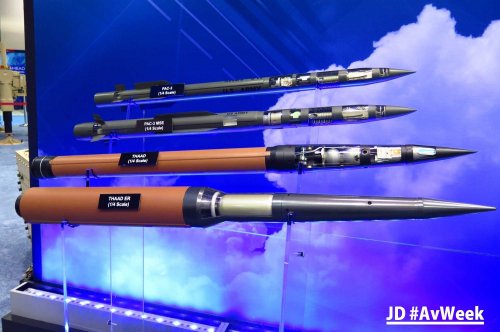bobbymike said:
sferrin said:
kaiserd said:
sferrin said:
kaiserd said:
The line between defensive and offensive can sometimes be in the eye of the beholder/ matter or perspective. For example a "pure" fighter aircraft (no air-to-ground role) can be seen defensive if protecting your airspace or your armed forces but the same aircraft could be used to take-out strike aircraft of an opponent who sees them as defensive in nature (deterrent/ counter to your ground forces which could invade).
Taking out strike aircraft is still defensive in nature. If the other guy is going to complain that you can take out the aircraft he'd like to bomb you with that pretty much tells you all you need to know.
But those strike aircraft could be the only way an opponent has of countering supperior numbers of ground forces (e.g. NATO versus Warsaw Pact). Enhancing your ability to kill those strike aircraft will be seen as undermining your opponents ability to defend themselves.
It really does depends on the circumstances and your perspective.
A bit of imagination goes a long way.
Except in this case the other guy has far more ground forces than you and more strike aircraft than you could ever hope to shoot down. Furthermore, your defensive aircraft aren't located in a place that could ever shoot down his strike aircraft. Facts > Imagination.
Chinese have learned from the Soviets/Russians that there is a large anti-military/MIC/Modernization/Nuclear systems/anti-US in general population that they can play to by shouting that everything the US does is destabilizing and dangerous knowing these people and their media surrogates will squeal.
Neither you or Sferrin seen remotely interested in reasoned and reasonable discussion or debate, which is a pity; alleging that anyone that doesn't 100 percent agree with you is "squealing" and is a Chinese/ Russian stooge a few times removed is pathetic and unworthy of this site.
To be clear I was only referring to NATO strike aircraft versus supperior Warsaw pact ground forces as an example of weapons one side may see as defensive while the other side could see as offensive in nature.
I was also not making any definitive judgement re: missile defense systems; a system to defeat the obvious rouge nations may be a good idea if cost/benefit makes sense (while any attemp at a more capable system to try to counter Russia or China would be foolish for many reasons).
I was merely pointing out the faulty logic that what one person deems defensive in nature could not reasonably be seen by another as having underlying offensive intentions/ purposes.
Another example; SAC in the Cold War, "Peace is our profession" etc.
A fleet of nuclear armed bombers built to deter your Russian and/ or Chinese adversary and destroy their cities and infrastructure if it ever came to it.
An offensive force for defensive purposes; that's how the US saw it, the USSR saw it a different way.
You could make a similar point using the USSR massive Cold War tank forces, poised to push deep into West Germany and beyond.
Defensive weapons do not necessarily have exclusively defensive purposes or impact and offensive weapons do not necessarily have exclusively offensive purposes and impact, and both are functions of context and perception, both of which can change.
If you are unwilling or unable to accept that you aren't really thinking at all.



